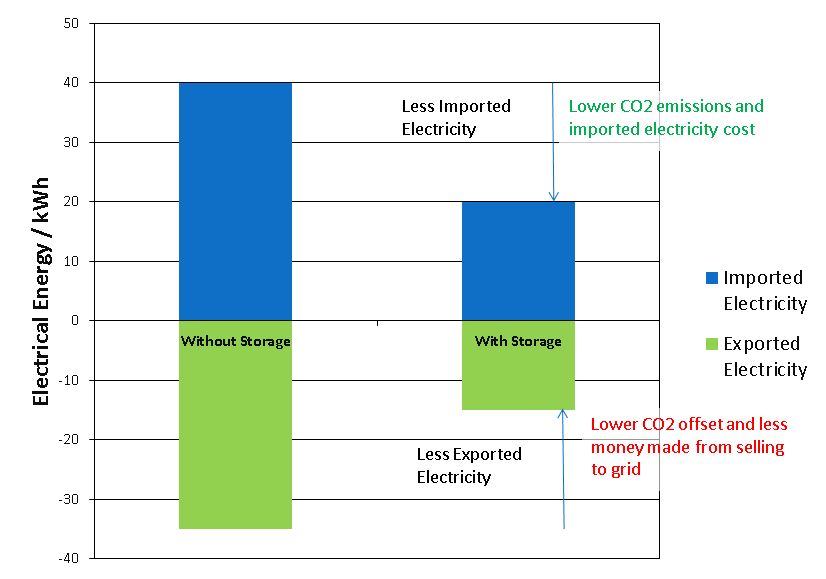Onsite Generation
One way for industrial plants to address the issues of supply security, rising prices and carbon footprint is by building renewable generation on the industrial site. This includes wind turbines, biogas and biomass plants etc.
Improved Security
With power being supplied by local generation, the plant will be less reliant on the national grid to meet its demand. In the case of sudden external blackouts, the onsite generation may be able to supply a good portion of the total plant demand though this is complicated by the intermittent nature of some resources such as wind turbines. Plants would likely manage their demand in such cases to supply only the most vital parts of the plant by local generation. This project does not focus on such management techniques though it is an important factor for effective use of the installed resources.
Lower Electricity Bill
With less reliance on the national grid there will be money saved on importing electricity. If the onsite generation is able to meet and exceed the plant demand there is potential for exporting electricity to the grid. The export tariff for industry is currently around 5.4p/kWh and expected to increase in future years.
Smaller Carbon Footprint
Similarly, the less electricity supplied by the grid, the smaller the net carbon footprint of the plant will be. This is due to the “clean” onsite renewable generation. It should be noted that there is some debate whether biomass biogas are “low-carbon” sources. The electricity supplied by the national grid is predominantly produced from unabated fossil fuel sources. Hence the net carbon footprint will be reduced by implementing onsite generation. If there are periods where surplus generation is exported this improves the situation as it is viewed as offsetting the carbon footprint (effectively having negative emissions to further reduce the total).
Why use Storage?
Energy Storage, in theory, could help tackle these three issues when used in combination with onsite generation.
As mentioned, the onsite generation may be quite variable. As production plants tend to have a cyclic nature the net demand also varies. If the onsite generation is sized so that there are periods where it exceeds the demand of the plant there is an argument for storing the excess electricity.
By storing the surplus electricity, it may be used during times where there is a deficit (usually met by the grid). The figure below is a simple illustration of the pros and cons of including storage. The storage will not be 100% efficient which means that the exported electricity is reduced to a greater degree than the imported electricity. This and other factors will be discussed in the analysis of our case study results.
To consider the viability of storage it is useful to look at the characteristics of potentially suitable energy storage technologies available today.
Theoretical Storage Comparison
